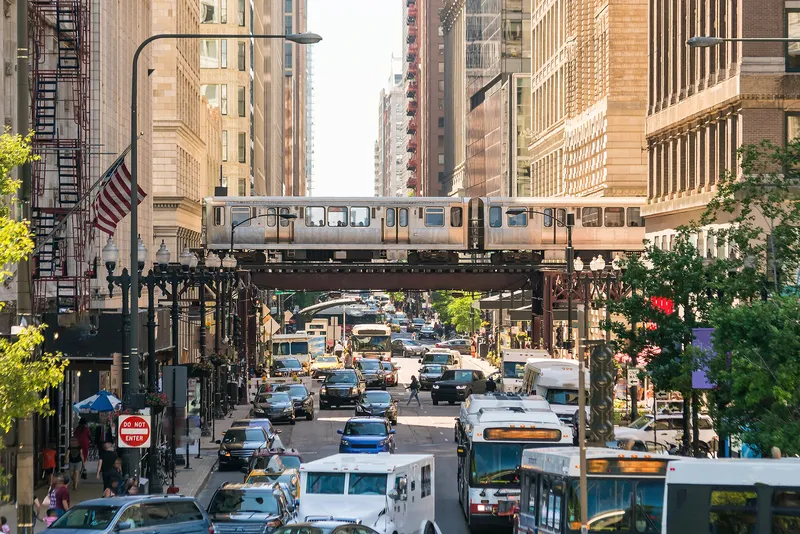Chile's Ministry of Transport has reported that the number of cars using bus lanes reserved for Transantiago buses has fallen by 46 per cent as a result of the cameras that have been installed along the public transport system. Incidents of cars using lanes reserved for Solo Bus vehicles have fallen by 73 per cent, which equates to an overall reduction of 60 per cent on average. This has enabled the buses on the system to travel 24 per cent faster. Transantiago plans to increase the number of cameras from 1
April 30, 2012
Read time: 1 min
The 5347 Chilean Ministry of Transport has reported that the number of cars using bus lanes reserved for 5348 Transantiago buses has fallen by 46 per cent as a result of the cameras that have been installed along the public transport system. Incidents of cars using lanes reserved for Solo Bus vehicles have fallen by 73 per cent, which equates to an overall reduction of 60 per cent on average. This has enabled the buses on the system to travel 24 per cent faster. Transantiago plans to increase the number of cameras from 105 to 700 by 2015, which will involve the installation of around 595 cameras over the next three years.









